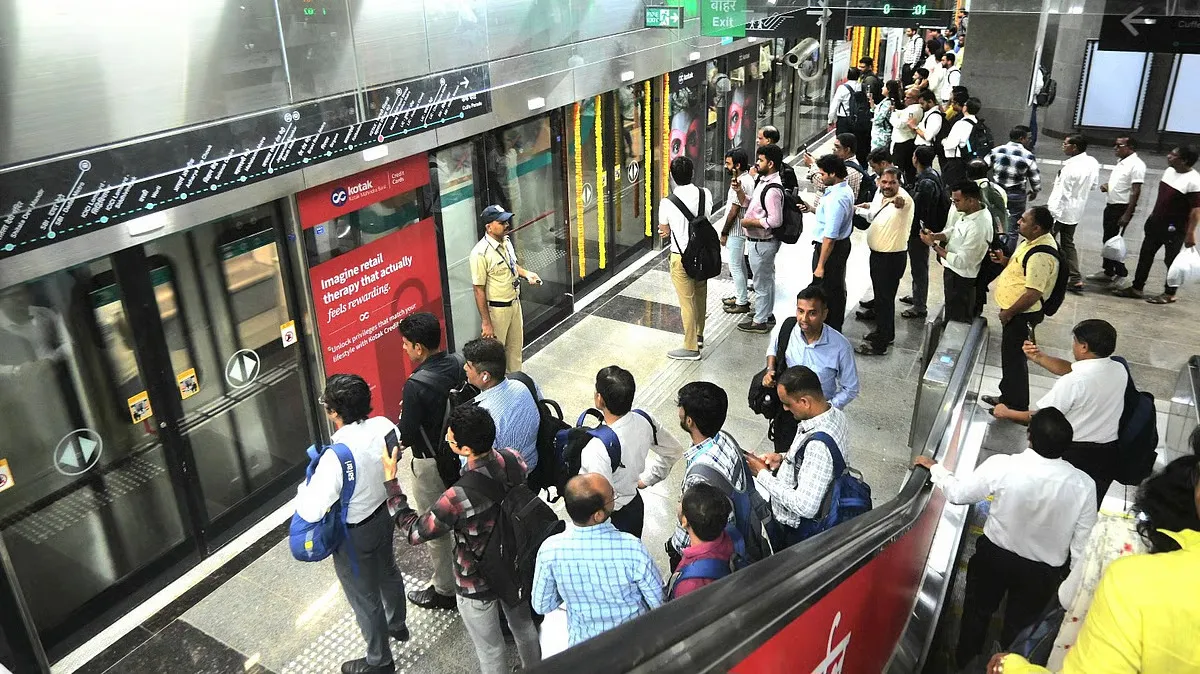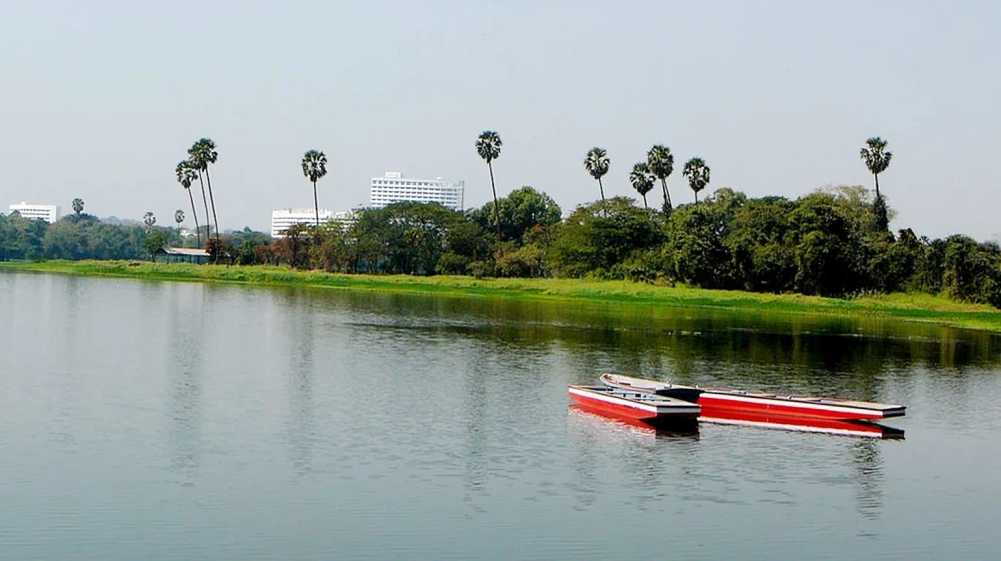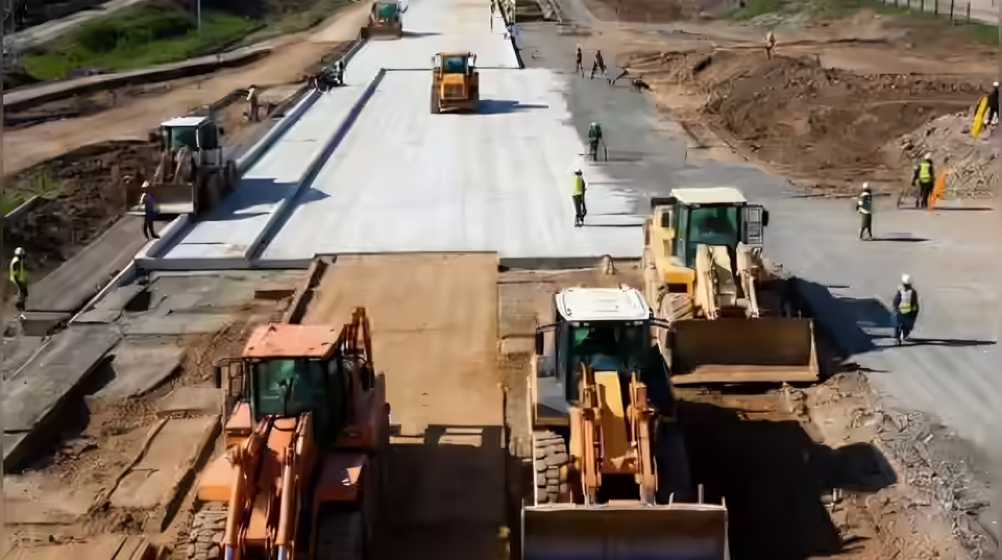October 11, 2025: Mumbai’s first fully underground metro line, Metro Line 3, encountered a major mobile network outage on its first full operational day, leaving thousands of commuters without access to calls, mobile data, or UPI-based payment apps. The disruption affected users across all telecom providers and raised concerns about digital infrastructure preparedness in large-scale transport systems.
The blackout caused widespread inconvenience for daily commuters who depend on mobile connectivity for travel and payments. Many were seen queuing at ticket counters, while others struggled to reach family or colleagues. The outage also disrupted services on the newly launched Mumbai One App, which was introduced to integrate ticketing for metro, bus, and suburban train travel. Although the app offers features such as real-time route planning, walking distances, and platform details, users reported incomplete coverage and difficulties registering, particularly along the newly opened CSMT–Churchgate stretch.
Officials from the Mumbai Metro Rail Corporation Limited (MMRCL) have yet to issue an official statement regarding the cause or duration of the outage. Transport experts stressed that strong mobile connectivity is essential for the smooth functioning of underground transit systems, especially in cities increasingly dependent on cashless and contactless payments.
While technical hiccups are often expected during initial operations, the incident has underscored the importance of integrating robust digital infrastructure with transport development. Long queues and commuter frustration highlighted the gap between technological ambition and on-ground readiness, prompting calls for offline ticketing options and better contingency systems.
Despite the setback, Metro Line 3 is anticipated to transform commuting between south and central Mumbai, offering a faster, cleaner, and more sustainable alternative to road transport. Experts believe swift resolution of connectivity issues will be crucial to maintaining public trust and ensuring seamless urban mobility.
Source: Urban Acres





